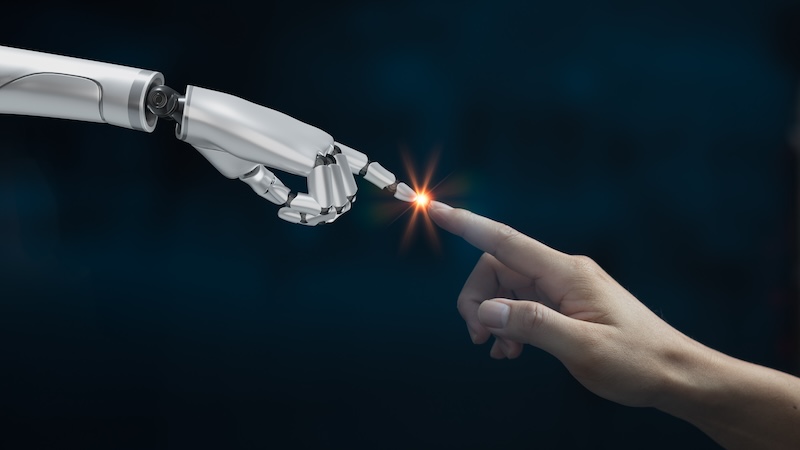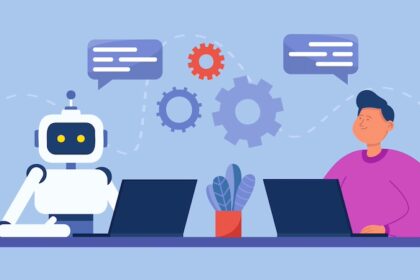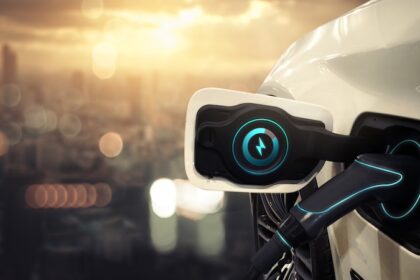With its growing popularity, artificial intelligence is increasingly becoming the focus of research. A recent study has now looked at the question of whether AI systems can exhibit human-like behavior.
Whether translating a text or chatting with a customer service bot – we already encounter artificial intelligence in many areas of our everyday lives. Some chatbots are now so good that you can no longer tell whether you are dealing with a human or a machine.
But to what extent can AI systems actually imitate human behavior? This question is the subject of a recent study published in the scientific journal PNAS.
How human-like is artificial intelligence?
For their study, the researchers focused on the GPT series developed by OpenAI. The main focus was on the differences between the ChatGPT-3 and ChatGPT-4 versions as well as the Free and Plus versions of these chatbots.
For this study, the chatbots had to answer a questionnaire based on the Big Five model. They then played six different games in which behavioral characteristics such as fairness or malice can occur.
The researchers compared the results with human data from the Big Five personality test. They used a data set containing the answers of more than 100,000 test subjects from more than 50 countries.
What is the Big Five model all about?
The Big Five model, also known as the five-factor model, is a model of personality psychology. This model attempts to depict the individual characteristics of people.
The five dimensions of extraversion, agreeableness, conscientiousness, emotional stability and openness are used for this purpose. With the help of questionnaires, personality profiles can then be created – whether by humans or by the AI system.
This is how human-like artificial intelligence behaves
But how did OpenAI’s GPT systems perform? The results of the study show that ChatGPT-4 is very close to the average human values in all personality dimensions. ChatGPT-3, on the other hand, shows a slight deviation in the openness dimension.
In the dimensions of extraversion and emotional stability, both chatbots show behavioral patterns that are closely based on human tendencies. In contrast, there are clear differences in openness and agreeableness.
In the games, the chatbots scored above average in terms of generosity and fairness compared to humans. As with humans, however, the respective setting and context also play a role for an AI chatbot. As with humans, these factors have a considerable influence on behavior.










